Pikey Peak Trek in September – As the monsoon rains gradually bid farewell to the majestic landscapes of Nepal, the allure of Pikey Peak Trek becomes irresistible. Situated in the captivating Solu-Khumbu region, this trek offers an enchanting adventure filled with stunning vistas, cultural encounters, and the tranquility of the post–monsoon season. In this blog, we will delve into the captivating experience of embarking on the Pikey Peak Trek in September, as the monsoon season comes to an end.
Location and Altitude
Pikey Peak is actually located in the lower Khumbu region of Nepal of Solukhumbu district. Pikey Peak has an altitude of 4,065 meters above sea level.
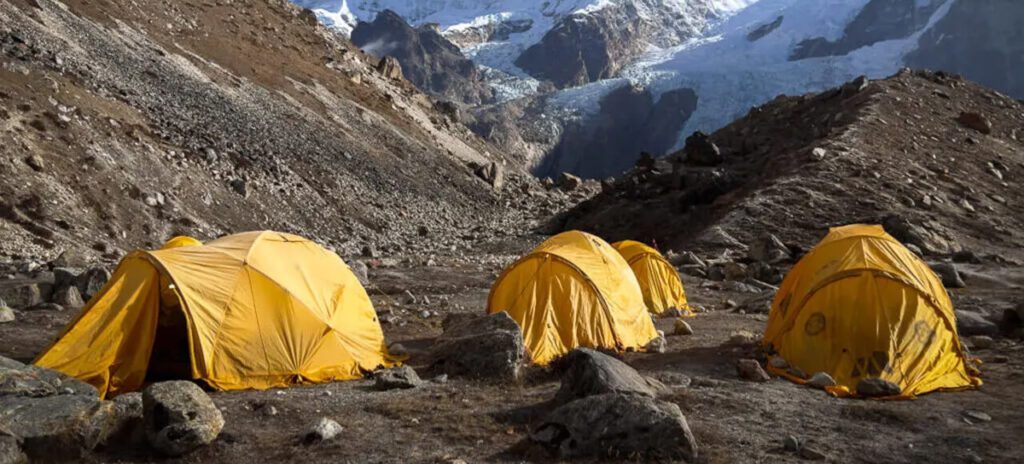
It offers remarkable views of some of the world’s tallest mountains, including Mount Everest (8,848 meters), Kanchenjunga (8,586 meters), Makalu (8,481 meters), and Gauri Shankar (7,134 meters).
Crowd
September in Nepal signals the conclusion of the monsoon season and is generally regarded as an ideal period for visiting. Nevertheless, Pikey Peak doesn’t enjoy the same level of popularity as some of the more renowned trekking paths in the Everest region, like the Everest Base Camp journey or the Gokyo Lakes trek. Although the number of trekkers on Pikey Peak has grown over time, it continues to provide a serene and less crowded atmosphere compared to other routes.

During September, you can expect a moderate number of trekkers on the trail, but it’s unlikely to be overwhelmingly crowded. You may encounter fellow trekkers at tea houses along the way and at the summit of Pikey Peak, but it shouldn’t be too crowded to diminish the overall experience.
Weather Condition
As September arrives, the monsoon rains gradually diminish, and a transition toward autumn weather begins. Nonetheless, it’s important to note that weather patterns can vary from year to year, so it’s advisable to consult the latest forecasts before embarking on your adventure.
At the start of September, there might still be occasional rain and overcast skies. However, as the month progresses, the chances of rainfall decrease, leading to more stable and consistent weather conditions.
Highlights of Pikey Peak Trek in September
The Allure of Pikey Peak
At an elevation of 4,065 meters, Pikey Peak is known for its breathtaking vistas and its cultural significance to the Sherpa community.

The trail takes you through lush rhododendron forests, picturesque Sherpa villages, and serene monasteries, offering a unique blend of natural and cultural experiences.
Perfect Weather Conditions in September
September marks the beginning of autumn in Nepal, making it an ideal time for trekking in the region. The monsoon rains have subsided, leaving the trails clear, and the weather becomes stable, with mild temperatures during the day and cool nights. The clear skies in September provide excellent visibility, allowing trekkers to witness stunning sunrise and sunset views from Pikey Peak.
Mesmerizing Himalayan Views
One of the main highlights of the Pikey Peak Trek is the extraordinary Himalayan panorama it offers. On a clear day, trekkers are rewarded with a magnificent view of some of the world’s highest peaks, including Mount Everest, Kanchenjunga, Makalu, Lhotse, and many more.

The sight of these majestic giants towering over the surrounding valleys is nothing short of awe-inspiring.
Refreshing Landscapes after the Monsoon
September marks the transition from the monsoon season to autumn in Nepal. As the rain clouds disperse, the landscapes come alive with lush greenery, blooming wildflowers, and glistening waterfalls. The freshness in the air and the revitalized surroundings create a picturesque backdrop for your trekking adventure.
Also Read: Pikey Peak Trek in February: Weather, Crowd, Difficulty Travel Tips, and More
Off-the-Beaten-Path Exploration
Experience the joy of trekking off the beaten path as you traverse the Pikey Peak route in September. With fewer crowds, you’ll have the opportunity to connect deeply with nature, appreciating the untouched beauty of the landscapes.

The sense of solitude and the absence of touristy distractions allow you to truly immerse yourself in the natural wonders of the region.
Spectacular Sunrises and Sunsets
September offers stunning sunrise and sunset views from the vantage point of Pikey Peak. As the sun paints the sky with a golden glow, watch as the mountains are bathed in warm hues, creating a magical ambiance. Capture these breathtaking moments as the Himalayan peaks light up with the first and last rays of sunlight, creating an unforgettable experience.
Delicious Local Cuisine
Indulge in the flavors of traditional Sherpa cuisine during your trek. Enjoy hearty meals that incorporate locally sourced ingredients, including dal bhat (lentils and rice), momo (dumplings), Sherpa stew, and Thukpa (noodle soup).
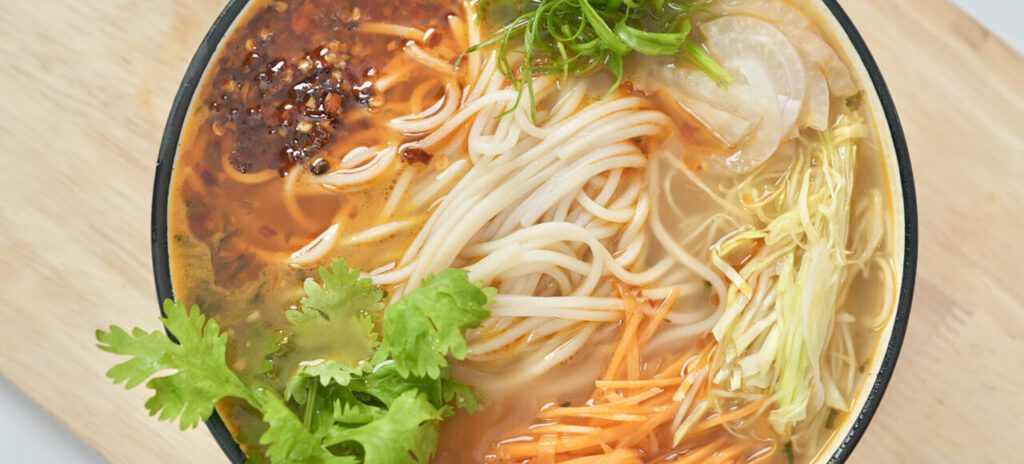
Savor the authentic taste of the region, providing nourishment and energy for your trekking adventure.
Peaceful Tea Houses and Homestays
Experience the warm hospitality of the local tea houses and homestays along the Pikey Peak Trek. These accommodations provide a cozy and authentic atmosphere where you can rest and rejuvenate after a day of trekking.

Interact with the locals, listen to their stories, and gain a deeper understanding of their way of life.
Opportunities for Photography
With clear skies, vibrant landscapes, and awe-inspiring mountain views, September provides ample opportunities for photography enthusiasts. Capture the beauty of the rolling hills, colorful flowers, snow–capped peaks, and cultural encounters. Every step of the trek offers picturesque scenes that are worthy of being preserved in photographs as lasting memories of your adventure.
Spiritual and Sacred Sites
The Pikey Peak region is dotted with spiritual and sacred sites that hold deep cultural and religious significance. Visit monasteries, stupas, and sacred lakes along the trekking route, such as Chiwong Monastery and Dudh Kunda Lake. These serene and holy places provide a tranquil setting for reflection and spiritual contemplation.
Pristine Waterfalls and Streams
September is the perfect time to witness the beauty of cascading waterfalls and crystal-clear streams along the trekking route. The monsoon rains ensure that the waterfalls are in full flow, creating a mesmerizing sight and providing refreshing spots to rest and rejuvenate during your journey.
Also Read: Pikey Peak Trek in March: Weather, Difficulty Travel Tips, and More
Birdwatching Paradise
The Pikey Peak region is a haven for birdwatchers. September offers fantastic birdwatching opportunities as the avian species are more active after the monsoon season.
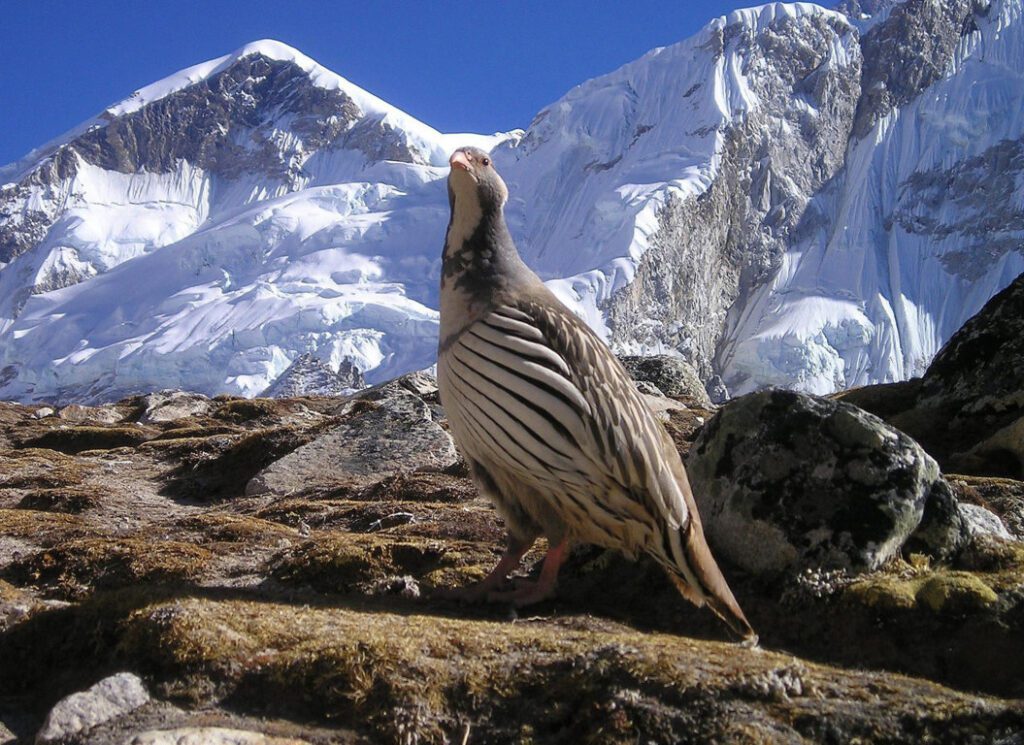
Keep your binoculars handy and spot a wide variety of birds, including Himalayan Monals, and various species of eagles and vultures soaring through the skies.
Stargazing Opportunities
The clear skies of September provide excellent conditions for stargazing during your trek. Far away from the light pollution of cities, you can marvel at the countless stars that blanket the night sky. Be captivated by the beauty of constellations and shooting stars, creating a magical and awe-inspiring experience under the starlit Himalayan canopy.
Tranquil Meditation and Yoga Retreats
The serene and peaceful environment of the Pikey Peak region offers an ideal setting for meditation and yoga retreats. Take advantage of the tranquil surroundings and engage in mindful practices amidst the stunning natural backdrop. Immerse yourself in the healing powers of yoga and meditation, finding inner balance and tranquility along the trek.
Kathmandu to Pikey Peak
To get to Pikey Peak from Kathmandu, start by traveling to Dhap, the starting point of the trek. You can reach Dhap by road or a combination of air and road. From Dhap, trek to Jhapre, which offers stunning views of the Everest and Kanchenjunga ranges. Continue to Pikey Base Camp, passing through rhododendron forests and Sherpa villages.
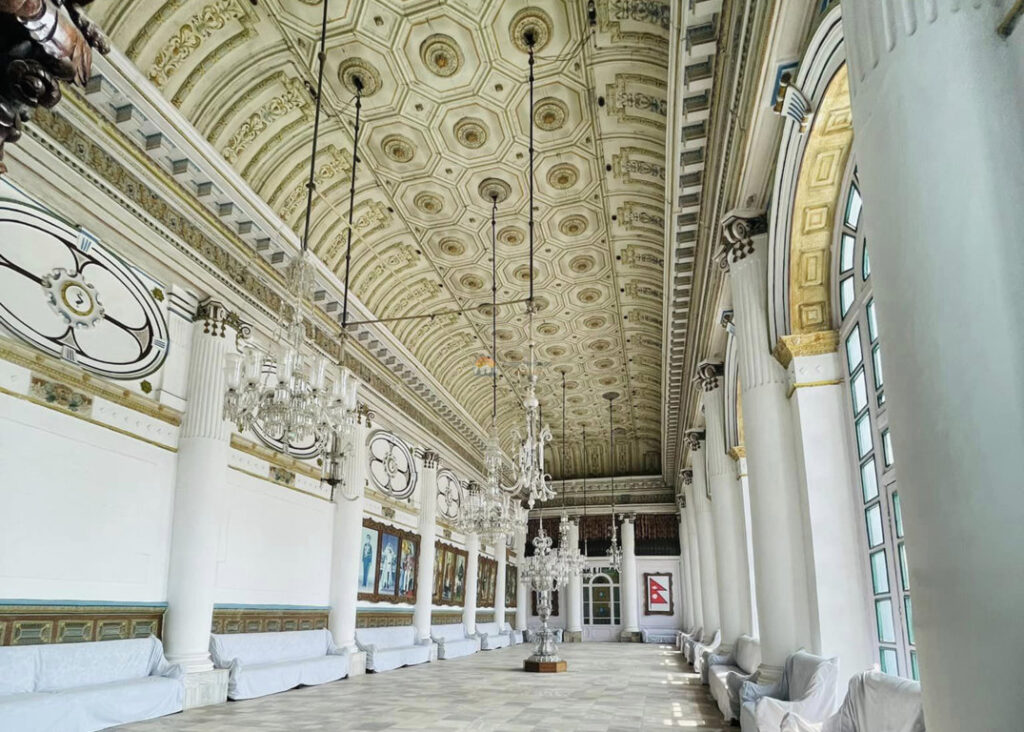
On the following day, climb to the summit of Pikey Peak to witness a breathtaking sunrise over the Himalayan peaks. Descend back to Pikey Base Camp and return to Jhapre or Phaplu. Finally, either fly or drive back to Kathmandu. Remember to go with a reputable trekking agency or guide, be properly equipped, and consider acclimatization needs.
By Flight
To reach Pikey Peak from Kathmandu, you can take a flight from Tribhuvan International Airport to Phaplu Airport. The flight duration is approximately 30 minutes. From Phaplu Airport, you can arrange ground transportation to Dhap, the starting point of the trek. The journey takes about 1-2 hours by road.

Once in Dhap, begin the trek to Pikey Peak, enjoying scenic landscapes and traditional villages along the way. After a few days of trekking, you’ll reach the summit of Pikey Peak, offering breathtaking views of the Himalayan peaks.
Festival
In Nepal, September is a vibrant month with several festivals and celebrations. Here are some of the notable festivals celebrated in Nepal during September:
Indra Jatra
Indra Jatra is a unique and lively festival celebrated in Kathmandu Valley, specifically by the Newari people. The festival lasts for eight days and marks the end of the monsoon season. It is primarily dedicated to Indra, the Hindu god of rain and harvest.

The festival features street processions, cultural dances, music, mask–wearing performers, and the unveiling of the living goddess Kumari.
Flora
Here are some trees and plants that you may spot during the Pikey Peak trek in September:
Pine trees
The Pikey Peak region is home to different types of pine trees, such as the Himalayan white pine and blue pine.
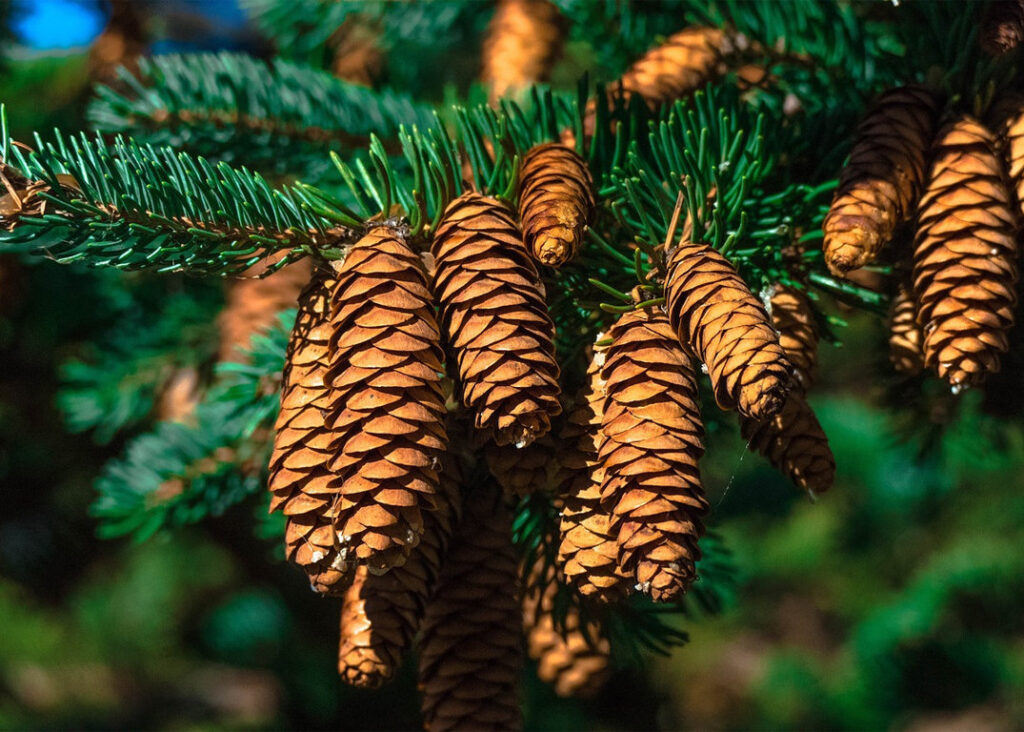
These evergreen trees are known for their tall stature and needle-like leaves. They provide shade along the trek and create a beautiful forested ambiance
Oak trees
Oaks are deciduous trees found in the Pikey Peak area. They have distinctive lobed leaves and produce acorns. Oaks are important for the ecosystem providing food and shelter for various wildlife species.
Birch trees
Birch trees are known for their slender trunks and distinctive white bark. They have simple, serrated leaves and add to the visual appeal of the trekking route.
Juniper trees
Juniperus are evergreen trees or shrubs commonly found in the Himalayas. They have small, scale-like leaves and produce small berry-like cones. Juniper trees are often associated with spiritual significance in the region.
Fir trees
Fir trees are another type of conifer commonly found in the Pikey Peak region. They have flat, needle-like leaves arranged spirally on the branches. Firs contribute to the forest ecosystem and provide shelter for various wildlife.
Also Check: Pikey Peak Trek in April: Weather, Crowd, Difficulty Travel Tips, and More
Fauna
During the Pikey Peak trek in September, you can expect to encounter a diverse range of fauna in the breathtaking landscapes of the Solu-Khumbu region of Nepal. Here are some of the fascinating fauna you might come across during your trek:
Himalayan Monal
The Himalayan Monal, also known as the Danphe, is the national bird of Nepal and a true jewel of the region. The male Monal flaunts vibrant plumage with shades of green, blue, and copper, making it a spectacular sight. Keep an eye out for these magnificent birds, especially around the forested areas.
Musk Deer
The elusive Musk Deer inhabits the lower forested regions of the trek. While they are not easy to spot due to their shy nature, their distinctive musk scent often lingers in the air.
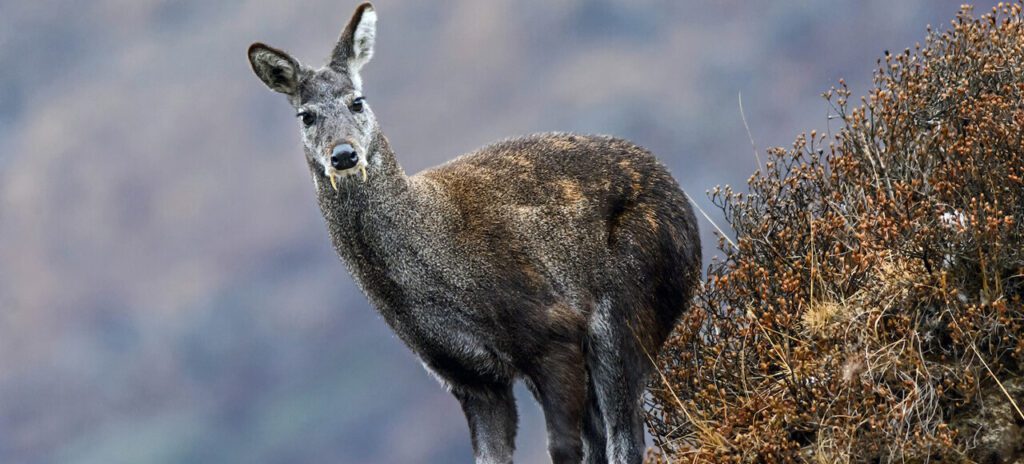
Look for signs like tracks, chewed twigs, or small depressions in the ground, which might indicate their presence.
Red Panda
Although sighting a Red Panda is quite rare, these adorable creatures can be found in the dense bamboo forests of the Pikey Peak region.
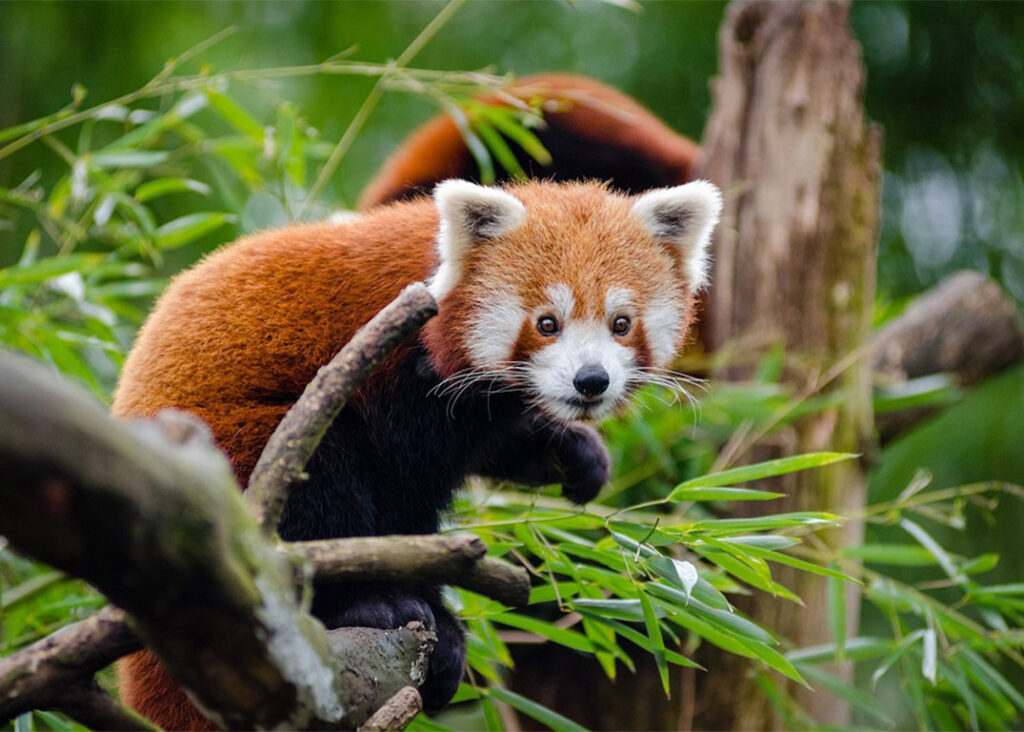
With their reddish-brown fur and bushy tails, they blend perfectly into the surroundings. Patience and a keen eye are required to catch a glimpse of these elusive and endangered animals.
Himalayan Tahr
The Himalayan Tahr, a large ungulate resembling a goat, roams the rocky slopes and cliffs of the region. Their thick, shaggy coats provide excellent camouflage against the rugged terrain.
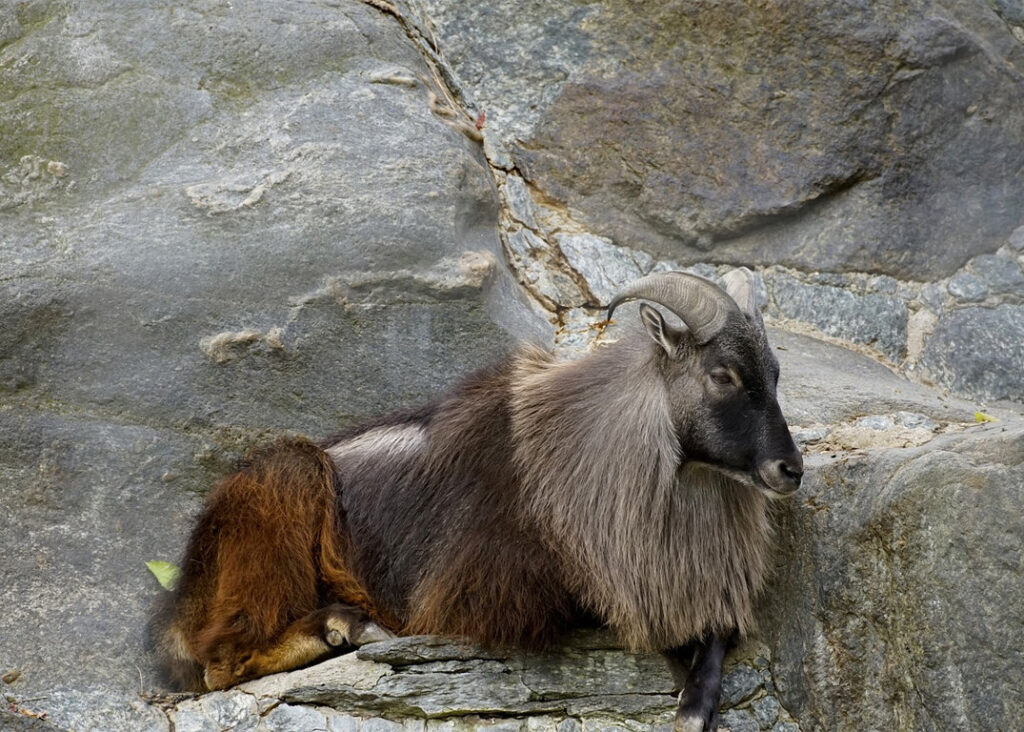
These sure-footed animals are often seen grazing on alpine vegetation, so keep an eye on the higher altitudes for their presence.
Himalayan Black Bear
While encounters with the Himalayan Black Bear are rare, they are occasionally spotted in forested areas. These bears have a black or dark brown coat and can be identified by their distinctive V-shaped white chest patch. Exercise caution and maintain a safe distance if you happen to encounter one.
Pheasants and Birds
Apart from the Himalayan Monal, the region is home to various other pheasants and bird species. You may come across species like the Blood Pheasant, Himalayan Griffon, Lammergeier, and many others. Their melodious calls and vibrant plumage add a delightful touch to the trekking experience.
More: Tengboche Monastery: The oldest monastery in Khumbu
Side treks
During a Pikey Peak trek in September, there are several fascinating side treks and attractions that you can explore to enhance your overall experience. Here are some side treks you can consider during your adventure:
Pikey Cultural Trail
Immerse yourself in the rich local culture by taking the Pikey Cultural Trail. This trail allows you to visit traditional Sherpa villages and interact with the friendly locals, and experience their unique way of life. You can witness their religious practices, visit monasteries, and gain insights into the Sherpa culture and traditions.
Dudh Kunda Lake Trek
A short detour from Pikey Peak takes you to Dudh Kunda Lake, also known as the “Milky Lake.” This sacred lake holds great religious significance for the locals.

The trail leads you through beautiful landscapes, rhododendron forests, and picturesque Sherpa settlements. The lake itself is stunning, and you can witness the reflection of the surrounding mountains on its crystal–clear surface.
Numbur Cheese Circuit Trek
If you’re up for a more challenging trek, the Numbur Cheese Circuit is an excellent option. This trail takes you through remote villages, high passes, and lush forests. Along the way, you’ll have the opportunity to taste the delicious local cheese produced in the region and interact with the friendly locals.
Also Read: Pikey Peak Trek in May: Weather, Difficulty Travel Tips, and More
Everest View Trek
If you’re looking to catch a glimpse of Mount Everest without embarking on a full-scale Everest Base Camp trek, the Everest View Trek is an excellent option.
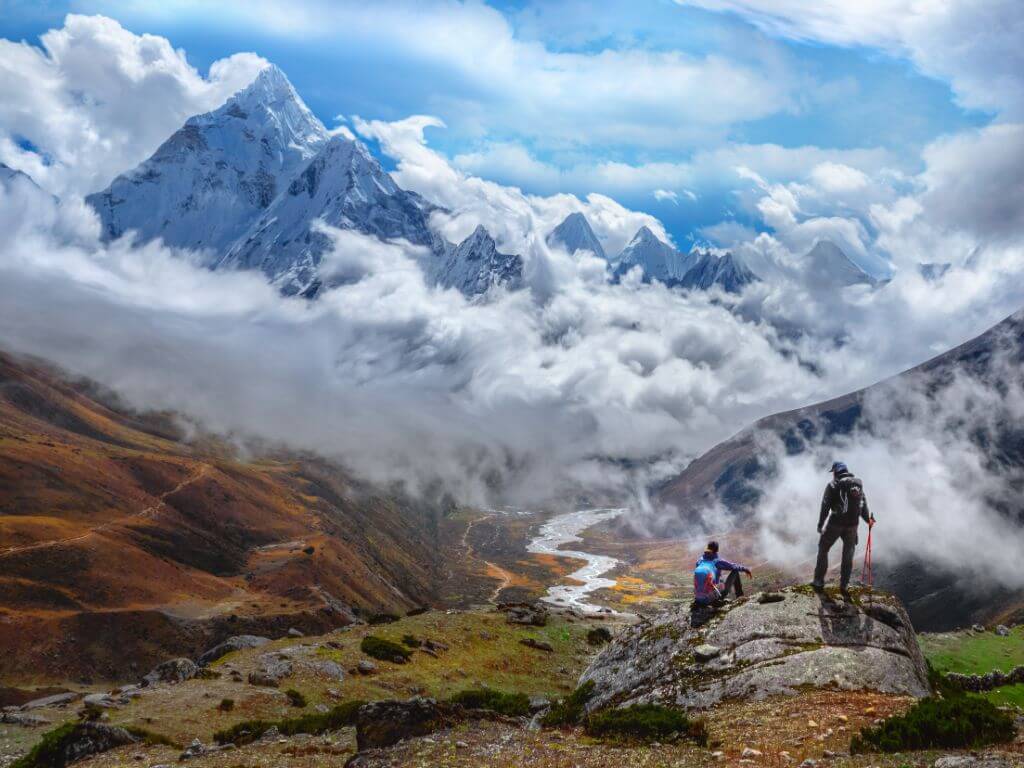
This trek takes you to the village of Namche Bazaar, which offers stunning views of Everest and other towering peaks. You can explore the Sherpa culture, visit monasteries, and soak in the breathtaking mountain vistas.
Gokyo Lakes Trek
The Gokyo Lakes Trek guides you through the mesmerizing Gokyo Valley, renowned for its stunning turquoise lakes and awe-inspiring mountain vistas. This trek offers a less-crowded route compared to the popular Everest Base Camp trail while still allowing you to explore the captivating Gokyo region.

The main attraction of this trek is the series of glacial lakes, including the internationally acclaimed Gokyo Lakes where the tranquil waters mirror the majestic peaks in a mesmerizing display.
Tips for Pikey Peak Trek in September
Here are some tips to make the most out of your Pikey Peak trek in September:
Trekking Itinerary
Plan your itinerary carefully, allowing ample time for acclimatization and rest. The typical duration for the Pikey Peak trek is around 7-10 days. However, depending on your fitness level and preferences, you can adjust the duration accordingly.
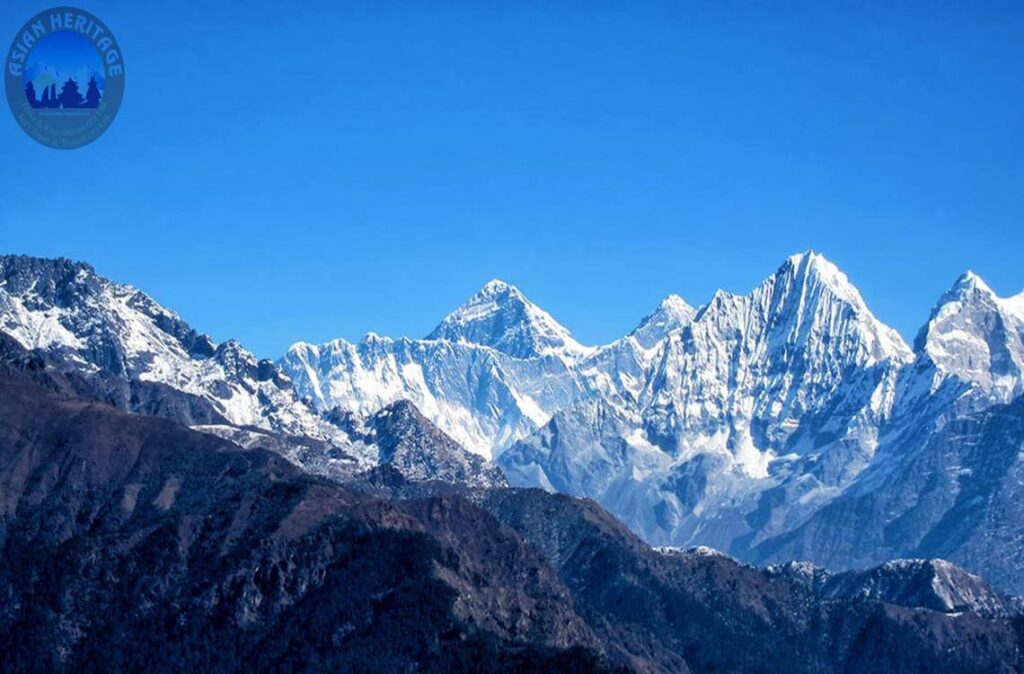
Acclimatization days are crucial for your body to adapt to the altitude and minimize the risk of altitude sickness.
Trekking with a Guide or Porter
Hiring a local guide or porter is highly recommended. They possess valuable knowledge of the trail, and local culture, and can assist with carrying your backpack, allowing you to focus on enjoying the trek. Additionally, employing locals supports the local economy.
Stay Hydrated
Drink plenty of fluids during the trek to stay hydrated. Carry a reusable water bottle and consider using water purification tablets or a water filter to refill your bottle from local water sources.
Hygiene and Sanitation
Carry personal hygiene essentials such as wet wipes, hand sanitizer, and toilet paper. Use eco-friendly products and dispose of waste properly, following the principles of Leave No Trace.







